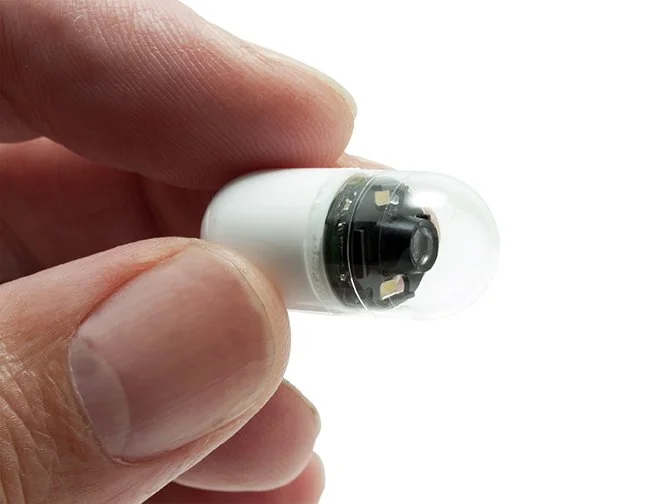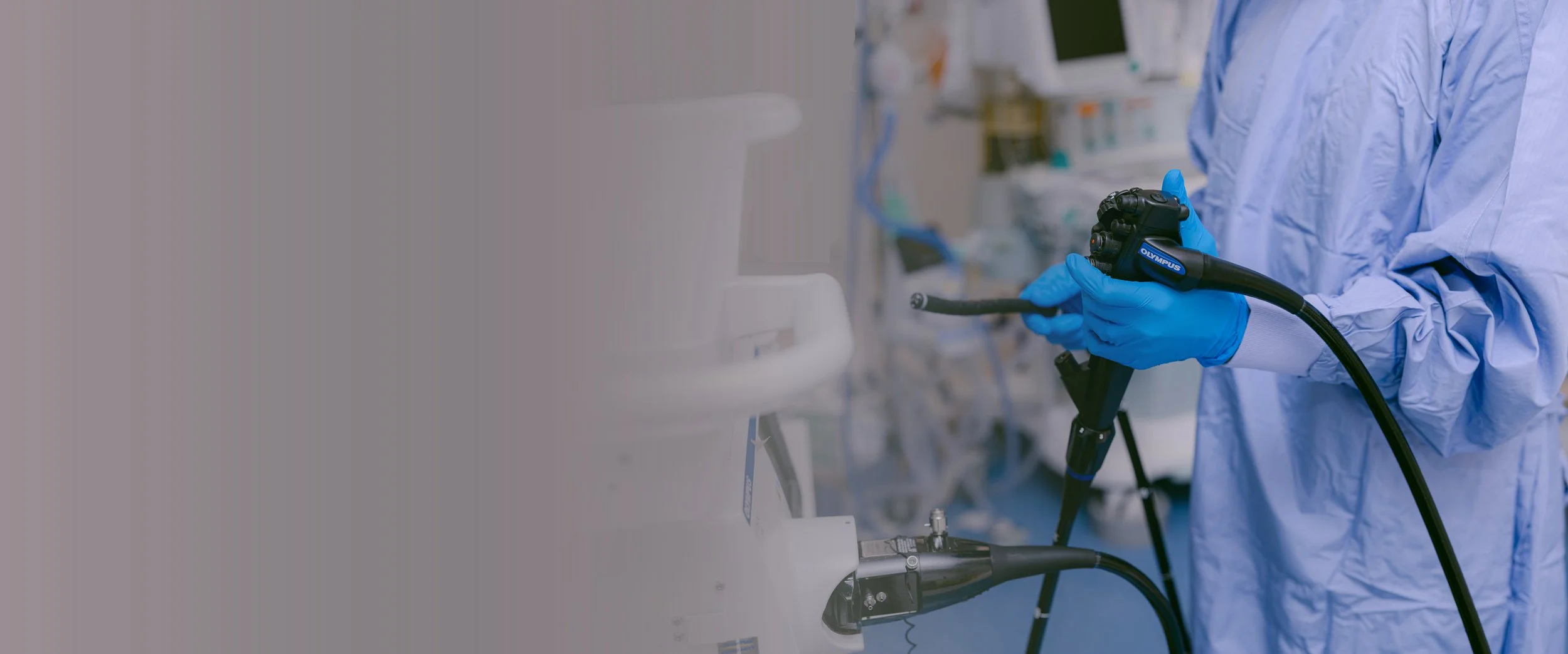Capsule Endoscopy (Pill Cam)
What is Capsule Endoscopy?
Capsule endoscopy is a diagnostic procedure that uses a small, swallowable capsule with a camera to examine the small intestine. It is particularly effective in identifying bleeding, tumors, and unexplained abdominal pain, with a detection rate of 60-70% for sources of bleeding. Research is ongoing to expand its use to the gullet and large bowel.
The capsule captures high-resolution images over an 8-hour period, transmitting up to 60,000 images to a data recorder worn around the waist. The procedure is non-invasive and provides a comprehensive view of the gastrointestinal tract.
Preparation
Day Before: Eat a normal breakfast and lunch, then switch to clear fluids (e.g., water, tea, clear juices) after lunch. Avoid milk, soy, red/purple jelly, and solid soups. Fast from midnight.
Day of Procedure: Take your usual medications after lunch unless directed otherwise.
YOUR PROCEDURE
During the Procedure
You’ll wear a harness with a data recorder for 8 hours after swallowing the capsule. Gentle activity is encouraged, but no fluids should be consumed for 2 hours and no solid food for 4 hours after swallowing. Water is allowed to swallow the capsule, and simethicone may be used to reduce bubbles.
After the Procedure
After 8 hours, return to the clinic to remove the harness and data recorder. The capsule will pass naturally in your stool within 1-3 days, and there’s no need to retrieve it.
What are the risks of a Capsule Endoscopy?
Capsule endoscopy is safe, with rare risks such as difficulty swallowing the capsule (<1%) or capsule retention (1%) in the bowel, which may require removal. In 10% of cases, the capsule may show delayed transit, necessitating an X-ray to confirm it has passed.
For more information about capsule endoscopy or to discuss whether this procedure is right for you, please contact Dr Linda Yang at Leonda Gastroenterology.
Leonda Gastroenterology Melbourne
Dr Yang's expertise in capsule endoscopy ensures appropriate patient selection and optimal diagnostic yield while minimising risks.



